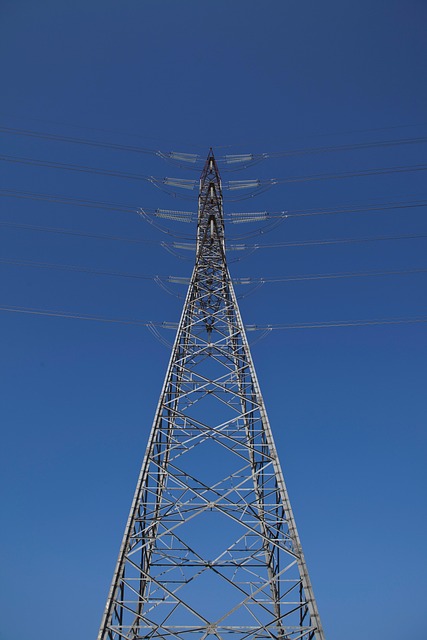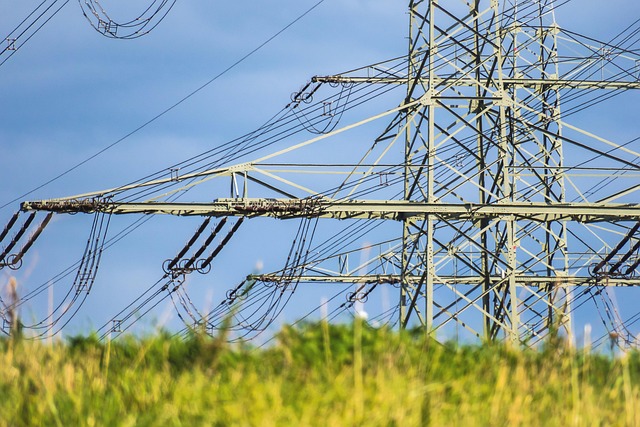Structured Wiring: Enhance Conference Room AV Experiences

Seamless conference room tech integration starts with structured wiring installation (SWI), addressi…….
In today’s digitally interconnected world, structured cabling solutions play a pivotal role in facilitating seamless communication and data transfer. This comprehensive article aims to unravel the intricacies of structured cabling, exploring its definition, global impact, technological advancements, and future prospects. By delving into these aspects, readers will gain valuable insights into how structured cabling shapes our modern infrastructure and connects us all.
Structured cabling solutions refer to a systematic approach to designing, implementing, and managing cable systems within buildings or networks. It involves the careful planning, organization, and labeling of cables and connectors to ensure efficient data transmission and communication. The core components include:
The concept of structured cabling emerged in the late 20th century as a response to the growing complexity of computer networks and telecommunications systems. Before this, cabling was often chaotic, with cables haphazardly routed and connected, making maintenance and troubleshooting challenging. Structured cabling standardized these processes, ensuring better performance, easier management, and cost savings. Today, it is an essential component of any modern communication network, from enterprise data centers to residential buildings.
Structured cabling solutions have a profound global impact, with over 90% of businesses worldwide relying on some form of structured cabling for their IT infrastructure. This international influence has led to the development of regional standards and best practices to cater to diverse market needs. For instance, while North America primarily follows TIA/EIA-568 standards, Europe adopts EN 55011, and Asia-Pacific regions have their own variations.
Several trends are driving the evolution of structured cabling solutions:
The impact of structured cabling solutions varies across regions due to differences in infrastructure development, economic factors, and regulatory frameworks:
| Region | Key Features | Challenges/Opportunities |
|---|---|---|
| North America | Advanced adoption of structured cabling standards with a focus on data center connectivity. High investment in fiber optic infrastructure. | Opportunity for 5G deployment and smart city initiatives to drive further innovation. |
| Europe | Diverse standard adoption, emphasizing energy efficiency and interoperability. Strong regulatory framework ensuring robust cybersecurity. | Need to update aging infrastructure and adapt to rapid technological changes. |
| Asia-Pacific | Rapid urbanization drives demand for structured cabling in new developments. Growing focus on 5G and IoT integration. | Challenges with standardization due to diverse market needs and rapid technology evolution. |
| Latin America | Emerging markets with growing telecom infrastructure. Increasing adoption of structured cabling for improved network reliability. | Limited access to advanced technologies and higher costs compared to developed regions. |
The global structured cabling solutions market is experiencing steady growth, driven by the increasing demand for reliable and high-speed connectivity. According to a recent report by ResearchAndMarkets.com, the market size was valued at USD 25.6 billion in 2020 and is projected to grow at a CAGR of 7.8% from 2021 to 2028. This growth is attributed to the rising adoption of cloud computing, the Internet of Things (IoT), and the need for upgradable infrastructure.
Investors are increasingly recognizing the potential of structured cabling solutions as a stable and long-term investment:
Structured cabling solutions play a pivotal role in economic development by:
The choice between fiber optic and copper cables depends on specific application requirements:
Hybrid cabling solutions combine fiber optics and copper to provide the best of both worlds:
The rollout of 5G technology presents exciting opportunities for structured cabling solutions:
Structured cabling solutions will play a pivotal role in the development of smart buildings and cities:
Despite the numerous benefits, the industry faces several challenges:
Structured cabling solutions have evolved from a simple connectivity method to a critical component of modern infrastructure, enabling global communication and digital transformation. With technological advancements, increased globalization, and the rise of smart cities, structured cabling will continue to adapt and play a pivotal role in shaping our connected world. Understanding these trends and challenges is essential for businesses, developers, and policymakers to make informed decisions regarding their networking infrastructure investments.

Seamless conference room tech integration starts with structured wiring installation (SWI), addressi…….

Fiber optic structured cabling offers faster data transmission and improved network performance comp…….

Structured cabling solutions are essential for organizations aiming to build efficient communication…….

Business network cabling is essential for effective communication in organizations, enabling data tr…….

Adhering to TIA/EIA standards is vital for office cabling solutions, ensuring reliable data transmis…….

VoIP performance relies on structured wiring installation for high-speed, low-interference data tran…….

Cluttered cables disrupt productivity and pose safety risks. Structured cabling solutions organize w…….

Structured wiring installation is a critical component of modern connectivity, comprising systematic…….

Understanding unique business needs guides tailored structured cabling solutions for optimal perform…….